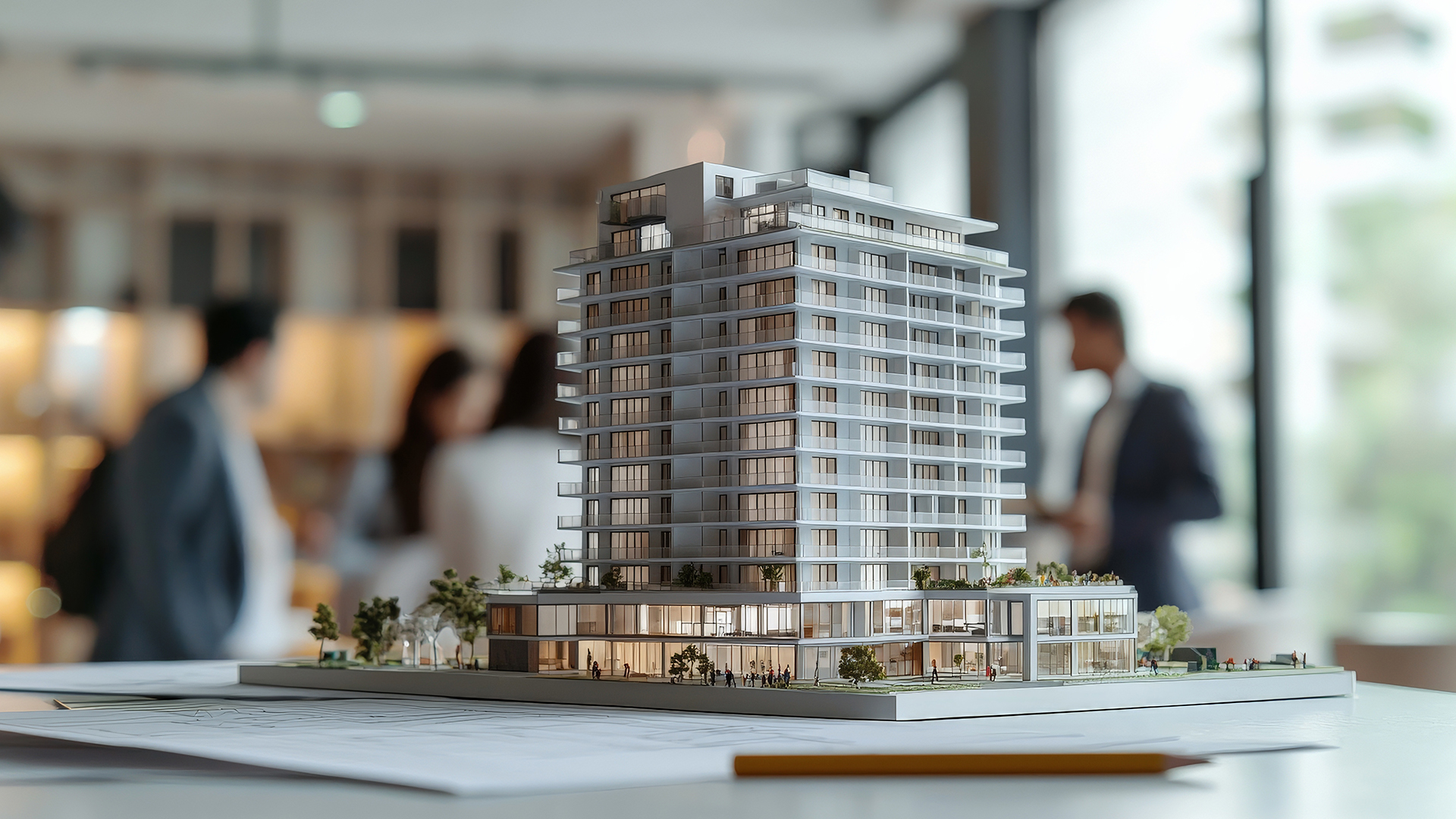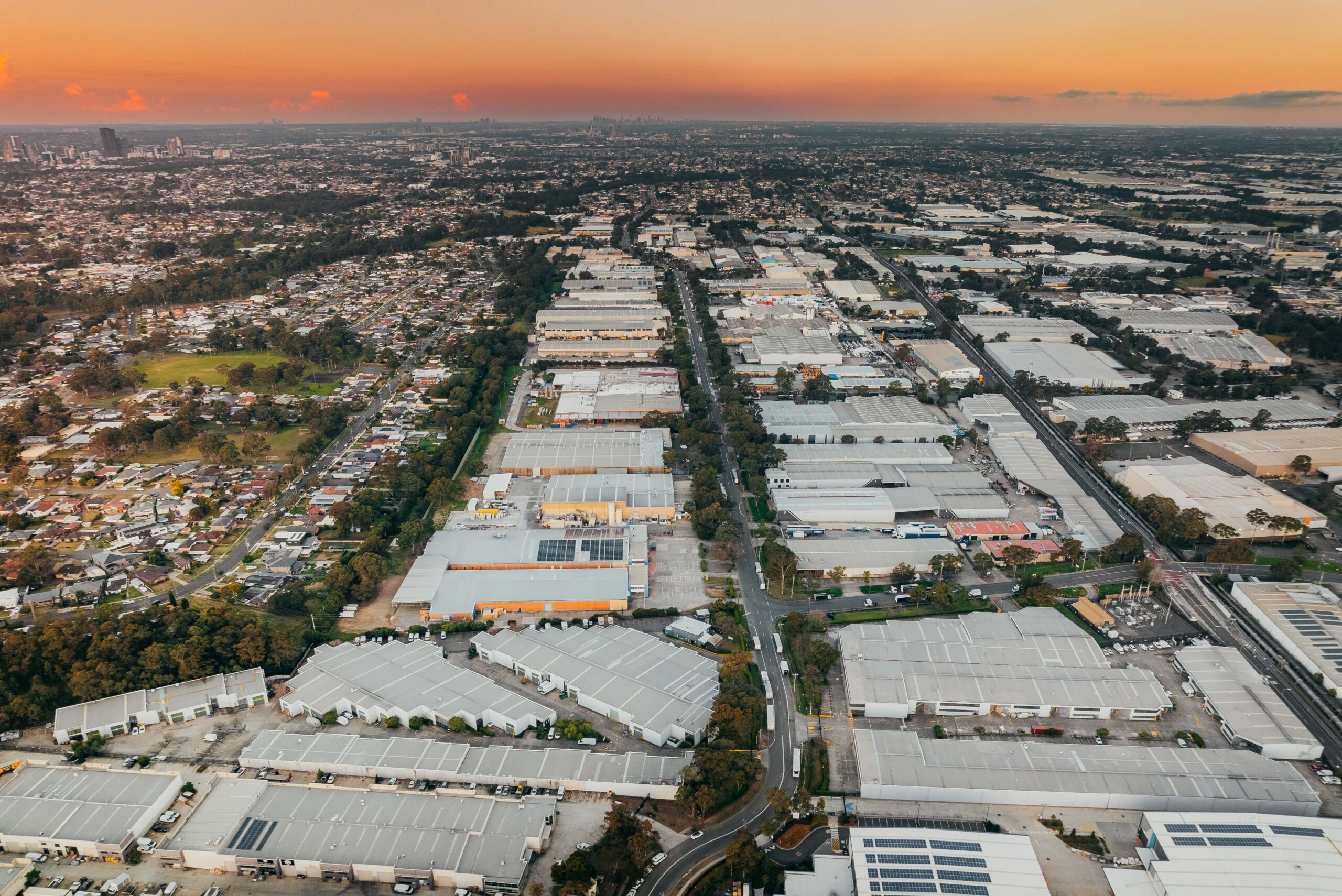
Australia risks losing billions in global property investment as state-imposed land tax surcharges deter foreign buyers, according to a recent report by the Property Council of Australia, as cited by The Australian Financial Review. The report estimates that these taxes could withhold up to $8.1 billion in institutional investment from flowing into the Australian property sector over the next five years.
The research highlights how foreign investor surcharges, imposed by states such as Victoria, Queensland, and New South Wales, are discouraging large-scale international investors, including pension funds and asset managers, from committing capital to both residential and commercial developments. These surcharges are levied annually in addition to the fees charged by the federal government’s Foreign Investment Review Board (FIRB).
Notably, Queensland and Victoria remain the only states to apply these surcharges on commercial property, covering office assets and high-demand residential formats such as build-to-rent projects and student accommodation. Property Council executive director Torie Brown argued that it is time to “bring global investors back in full force” by removing these taxes, saying they have evolved from their original purpose of limiting speculative foreign ownership of existing homes to inadvertently constraining new housing and commercial supply.
According to the Property Council, eliminating these surcharges in Victoria, NSW, and Queensland could channel an estimated $8.1 billion in new investment into the property sector by 2030, with Victoria poised to capture around 70% of that total. However, Victoria’s tax regime is widely seen as the most prohibitive. While the state has historically attracted the highest proportion of foreign residential buyers, institutional investment has dropped 53% over the three years to 2024.
A key deterrent is Victoria’s absentee owner surcharge, which doubled to 4% in early 2024. The Property Council illustrated that a foreign investor acquiring a $50 million office asset in Victoria would face roughly $3.3 million in annual land taxes, compared with $1 million in NSW. “We’ve increasingly heard the word ‘uninvestable’ whispered when it comes to Victoria,” Brown said, adding that policy uncertainty has made it difficult for investors to justify new projects, particularly in housing, office, and industrial sectors.
Despite these challenges, recent data suggests a modest rebound. MSCI researcher Ben Martin-Henry noted a slight uptick in overseas interest in commercial property during 2025, largely driven by Sydney’s recovery, with Melbourne also showing early signs of improvement. However, he cautioned that the rise follows a “very low” base in 2024, adding that other factors—such as elevated office vacancy rates and hybrid work trends—have compounded the slowdown. Melbourne currently holds the highest CBD vacancy rate among Australian capitals.
Meanwhile, Matthew Cridland, partner at K&L Gates, acknowledged that public opinion has mixed feelings about foreign investment. Some Australians support these surcharges, arguing they help moderate property prices for local buyers. Yet Cridland countered that FIRB regulations already restrict foreign buyers to new dwellings, meaning they cannot acquire existing housing stock.
Adding further complexity, the legality of state surcharges was tested in two High Court cases earlier this year, filed by German and New Zealand investors. They claimed the taxes breached non-discrimination clauses within international tax treaties. Although the court initially found the surcharges conflicted with those agreements, federal legislation passed in 2024 confirmed the taxes’ supremacy and applied the clarification retrospectively, preventing affected investors from obtaining refunds.
With Australia continuing to battle a housing shortage and declining affordability, industry leaders argue that striking the right balance between protecting domestic interests and attracting global capital remains crucial. “We need all types of housing to help increase supply and reduce demand on established homes,” Brown said, emphasizing the importance of keeping Australia open to global institutional investment.






